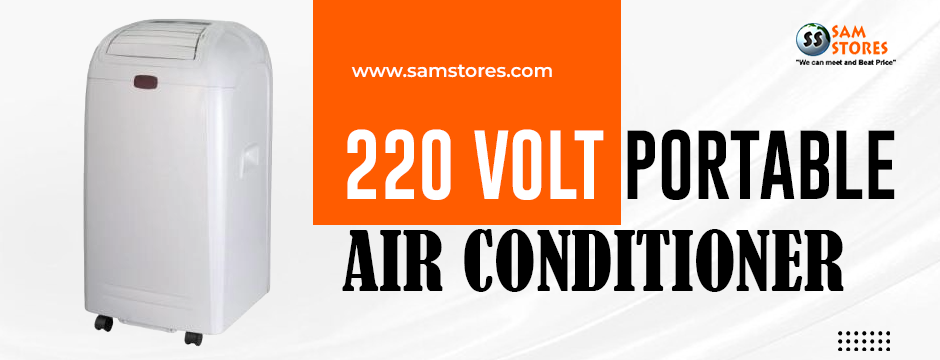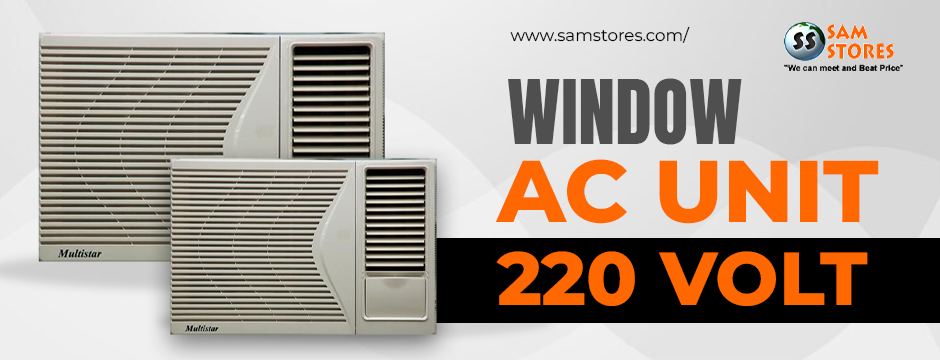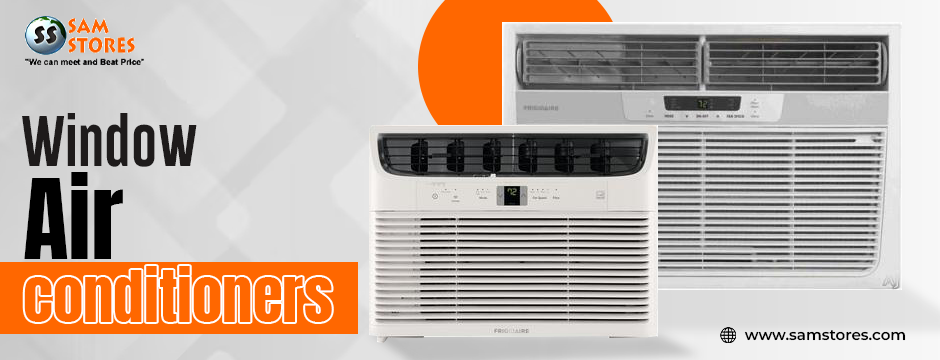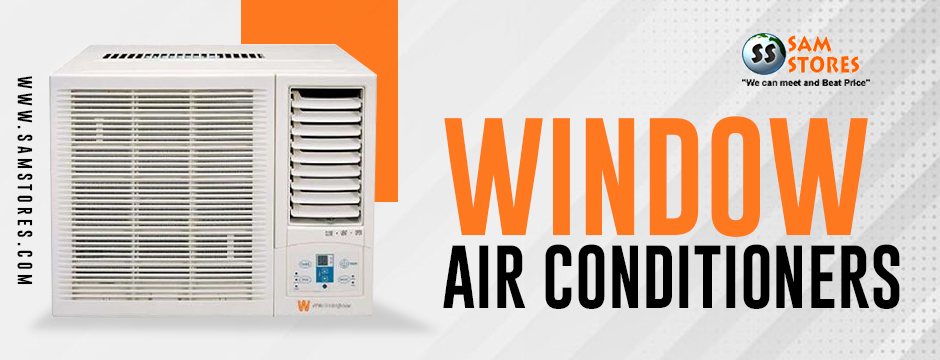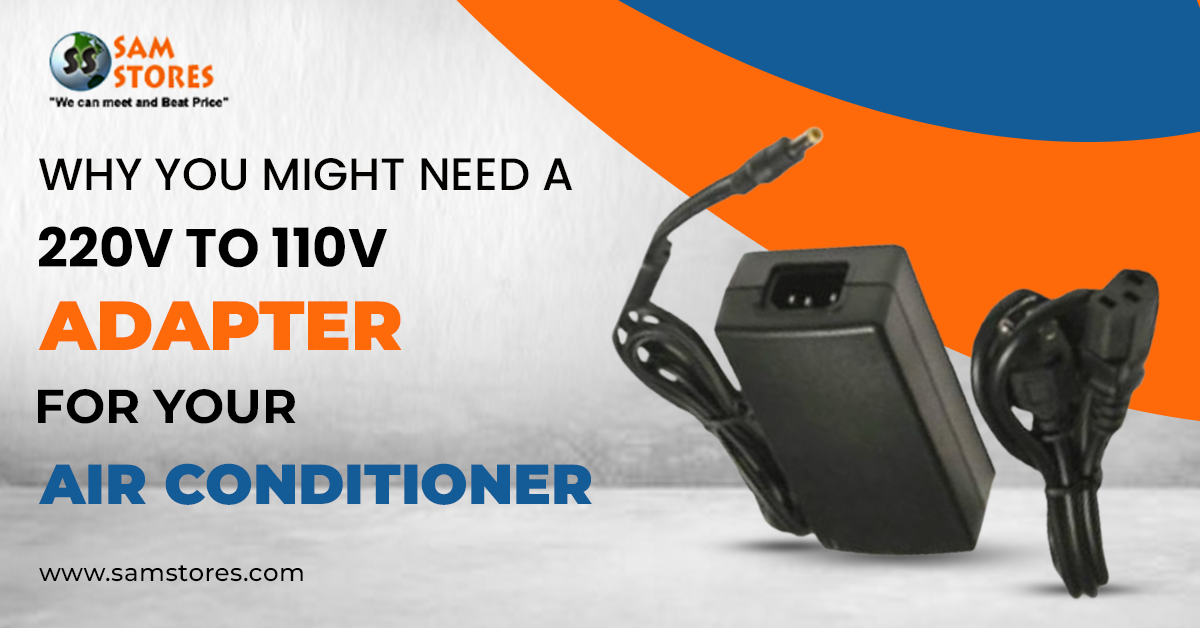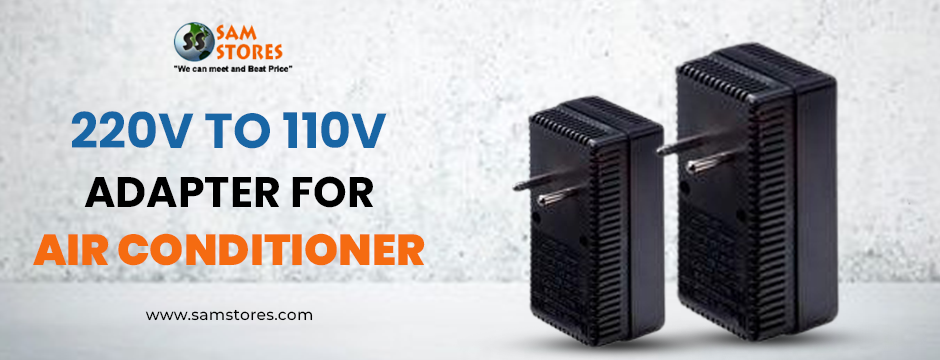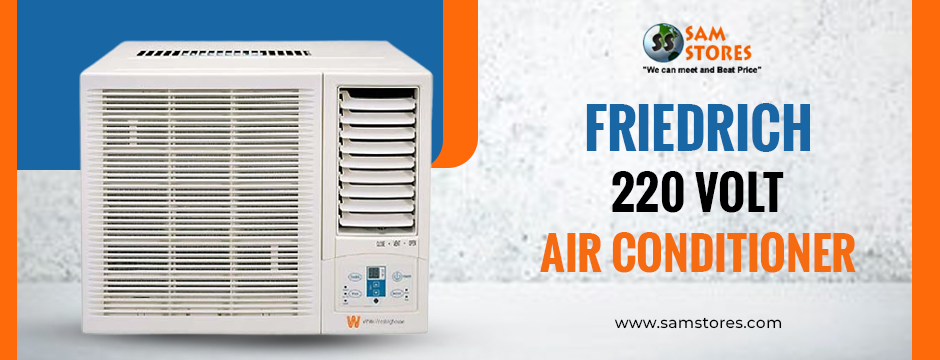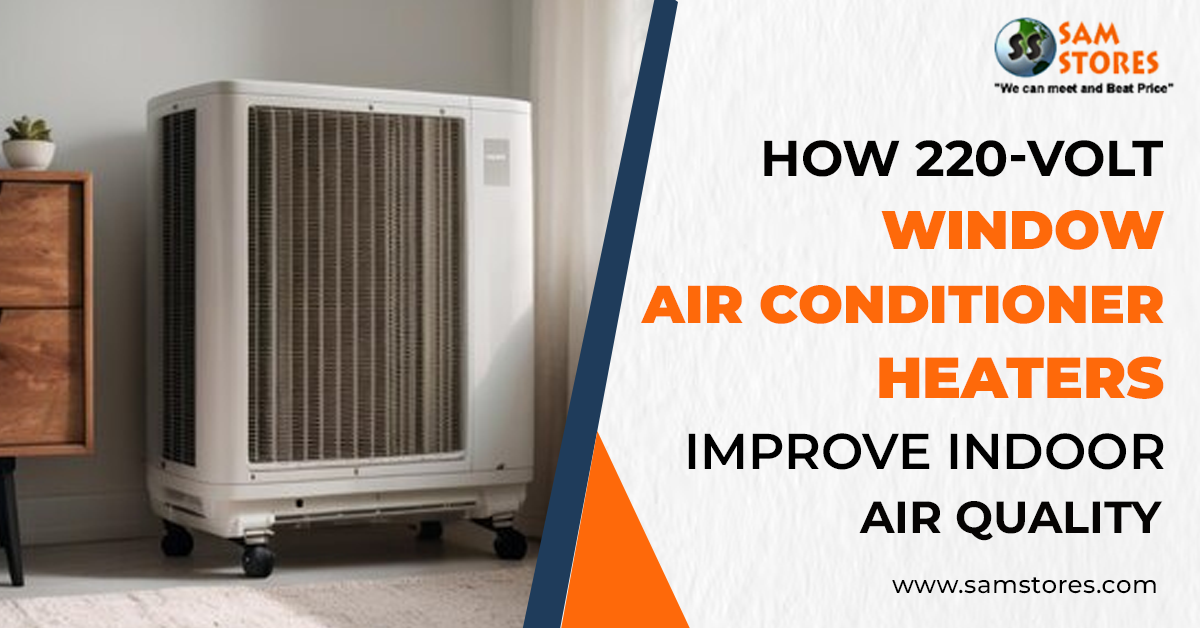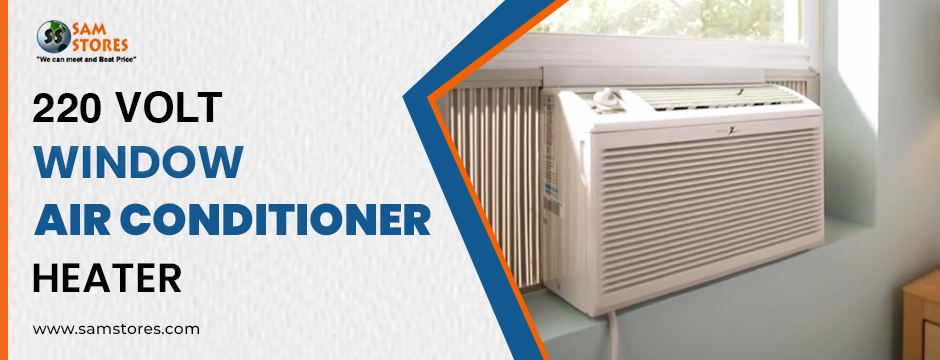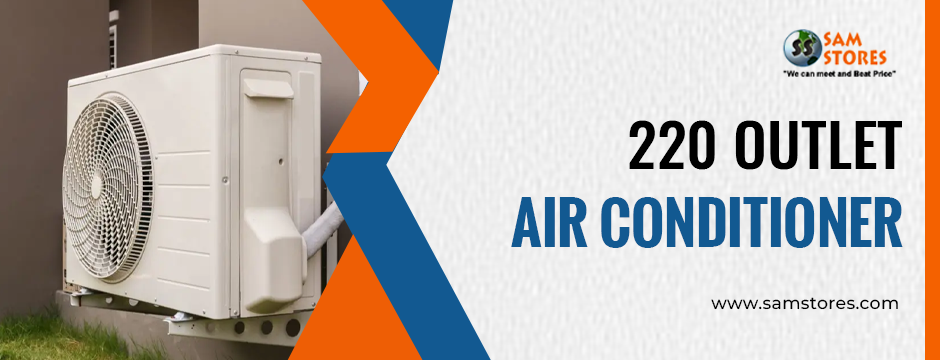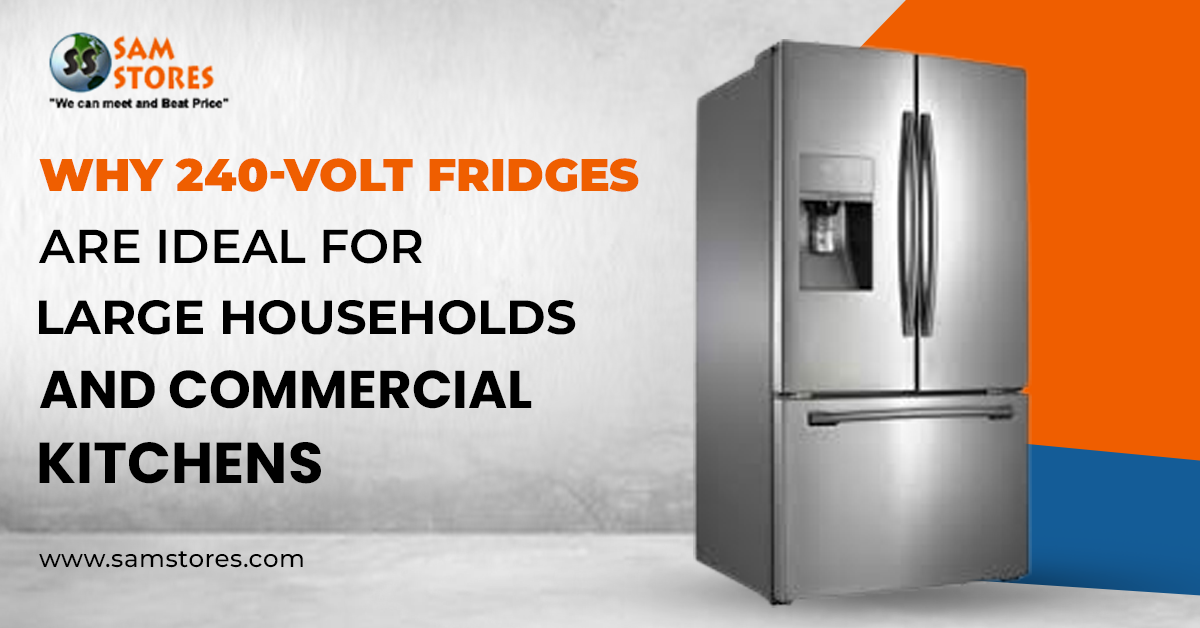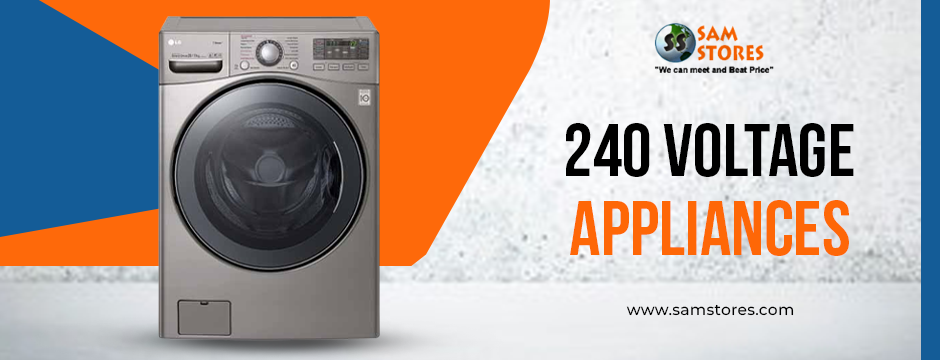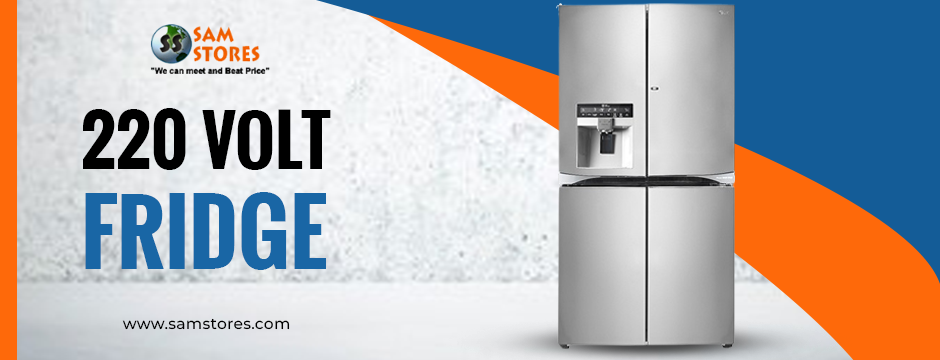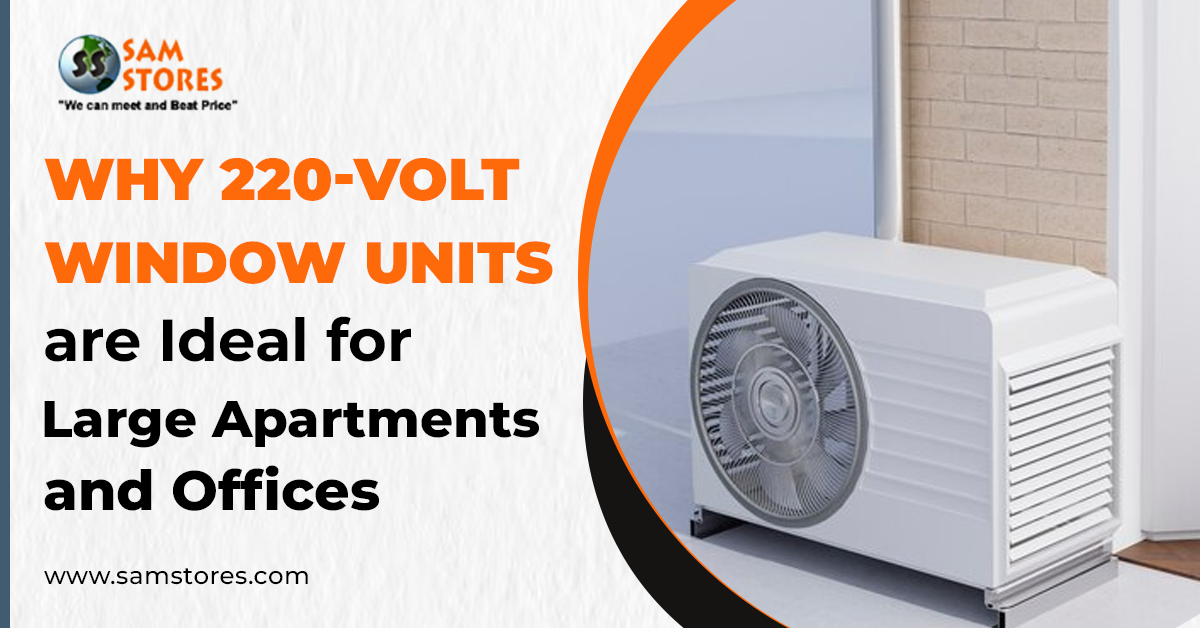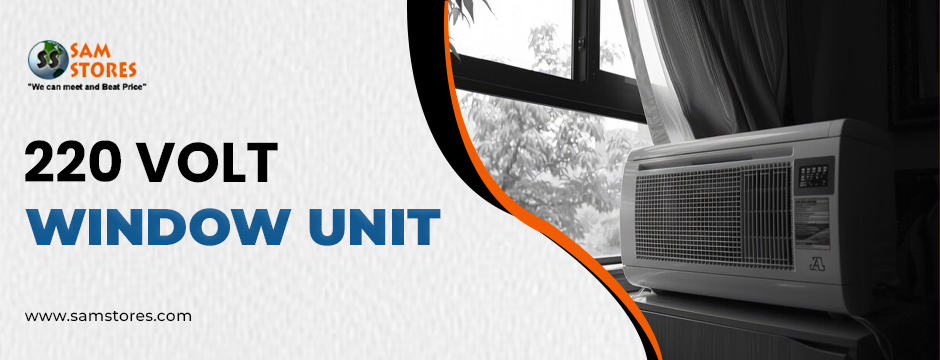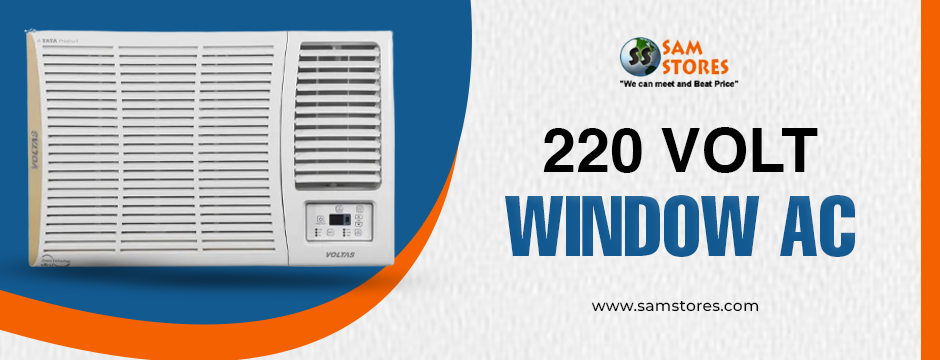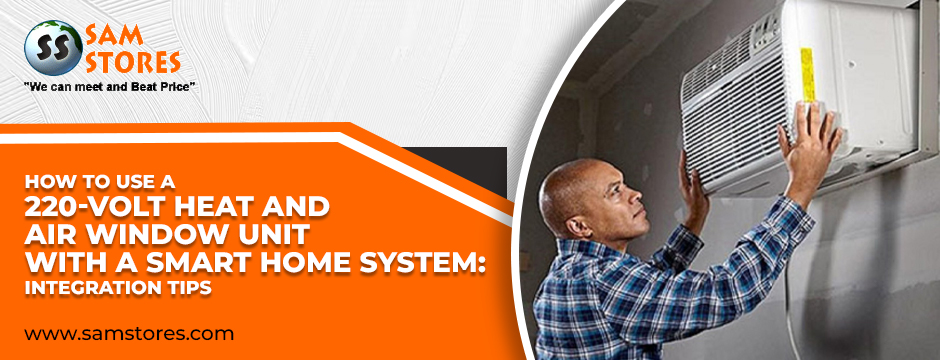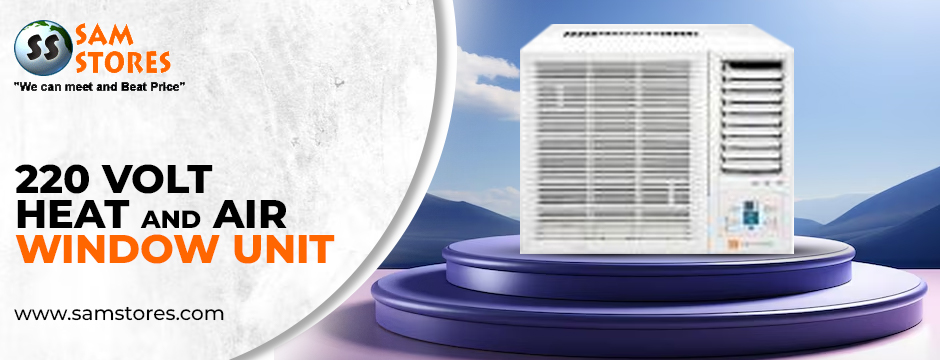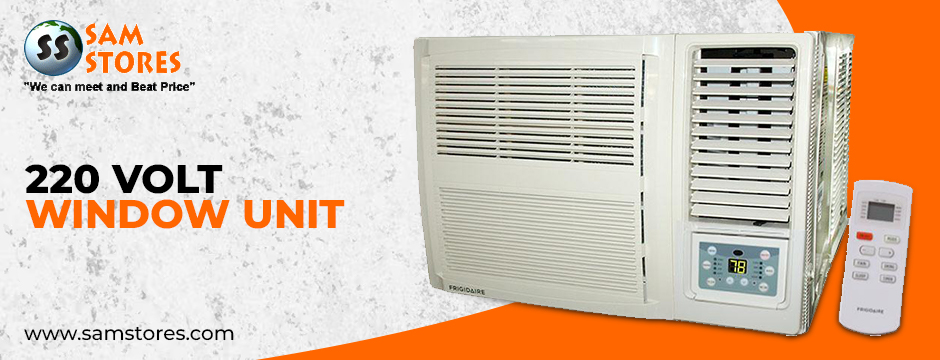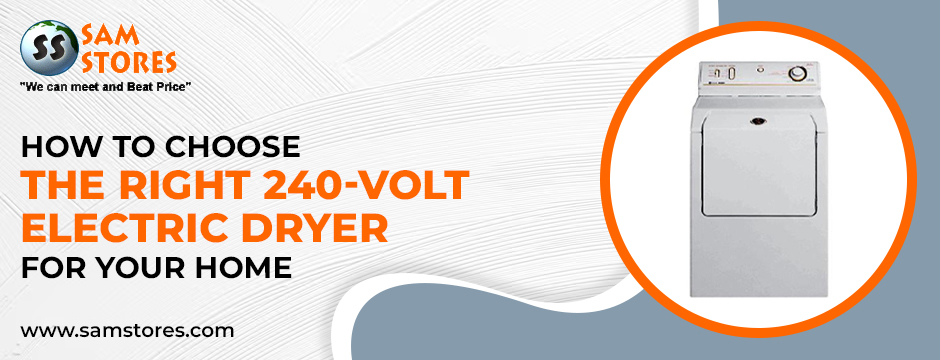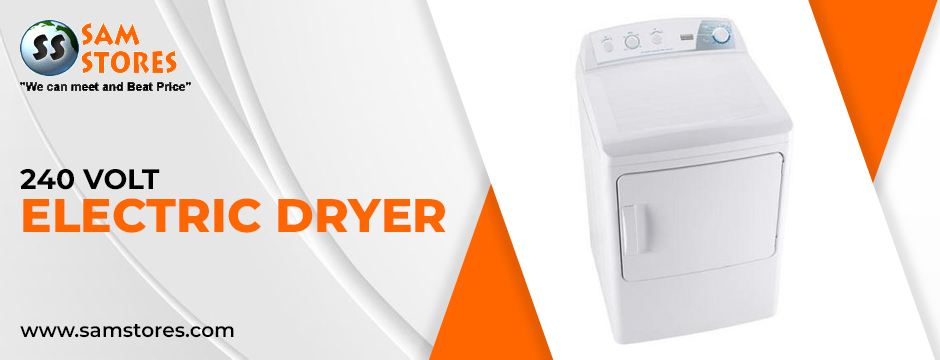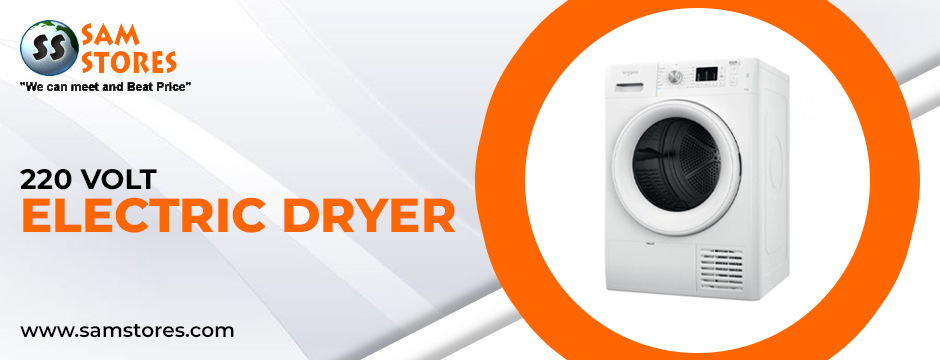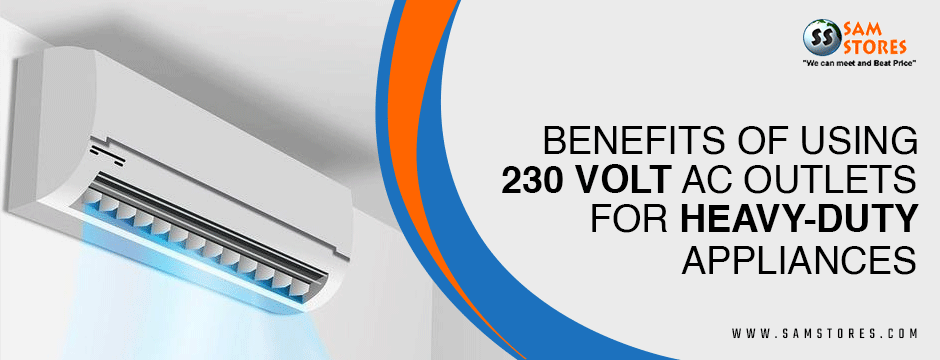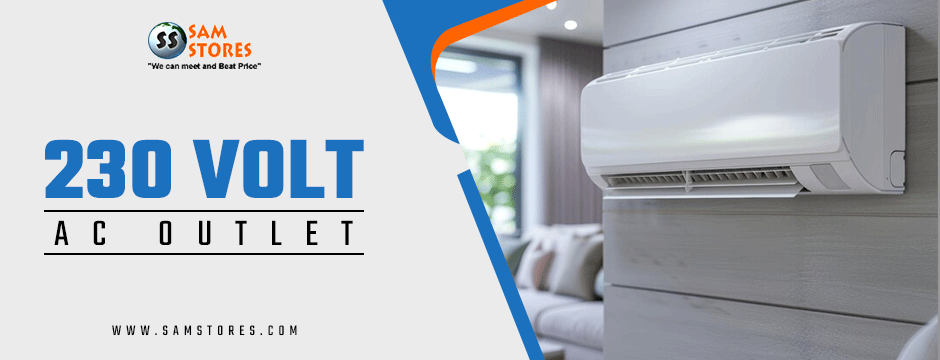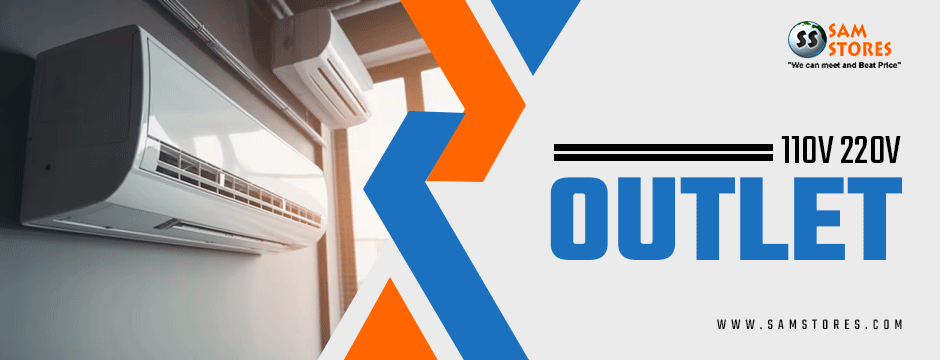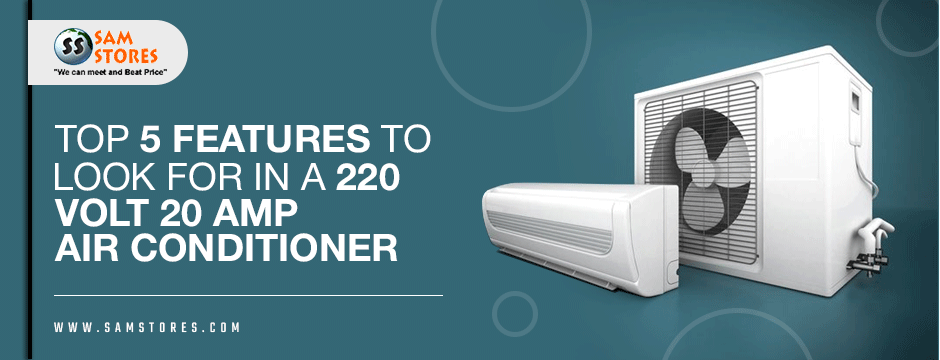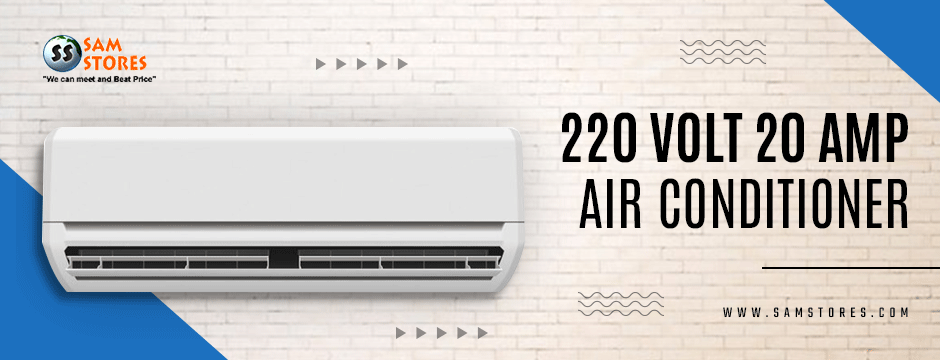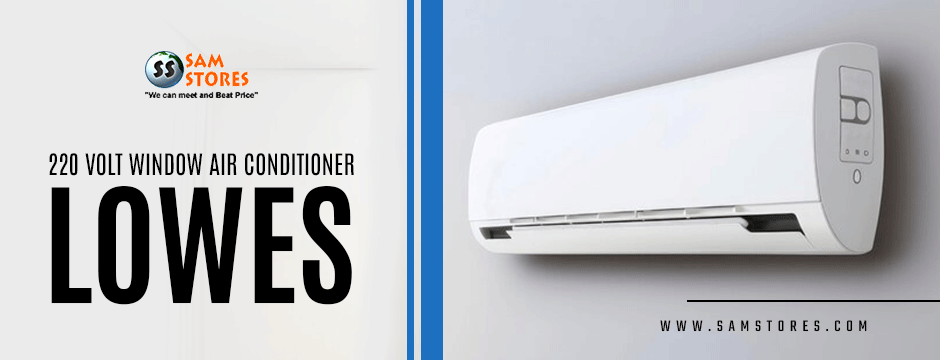When it comes to staying cool during the hot summer months, a portable air conditioner can be a lifesaver. But not all portable AC units are created equal. One popular option is the 220 volt portable air conditioner, which is becoming increasingly common for both residential and commercial use. However, you might be wondering whether this type of air conditioner is the right choice for your specific needs. In this blog, we’ll explore the benefits, features, and potential drawbacks of a 220 volt portable AC to help you determine if it’s the right cooling solution for you.
What is a 220 Volt Portable Air Conditioner?
Before we dive into the pros and cons, let’s first clarify what a 220 volt portable AC is. As the name suggests, this type of air conditioner operates on 220 volts of power, which is typically used for more powerful appliances. A 220 volt portable AC is a versatile cooling solution that can be moved from room to room and doesn’t require permanent installation, unlike window units or central air systems.
These units are designed to cool larger spaces and typically offer more cooling power compared to their 110-volt counterparts. This makes them a popular choice for cooling large rooms, offices, or even small apartments.
Benefits of a 220 Volt Portable Air Conditioner
- Powerful Cooling Performance
One of the biggest advantages of a 220 volt portable air conditioner is its superior cooling power. These units can cool larger spaces more effectively than their 110-volt counterparts. If you have a bigger room or an open-plan area, a 220 volt portable AC might be the best option to achieve the comfort you need. They typically come with higher BTU (British Thermal Units) ratings, meaning they can cool an area faster and more efficiently.
- Energy Efficiency
220 volt portable ACs are generally more energy-efficient compared to smaller units. While they do require more power to run, they typically cool a larger area faster, meaning they don’t have to run as long to maintain the desired temperature. This can result in lower energy consumption over time, which can save you money on your electricity bills.
- Portable and Easy to Use
Like all portable air conditioners, the 220 volt version offers convenience and flexibility. It can easily be moved from one room to another, allowing you to cool different spaces as needed. This is especially useful in households or offices with multiple rooms or areas that need cooling. Additionally, portable ACs are easy to set up—usually just needing a window vent kit for exhaust—so you don’t need to hire an expert to install the unit.
- Quiet Operation
Another benefit of many 220 volt portable ACs is their quieter operation. Because they are designed to cool larger spaces efficiently, they tend to run at a lower fan speed while still providing optimal cooling. This makes them a great option if you want to maintain a quiet atmosphere, whether you’re working, sleeping, or relaxing.
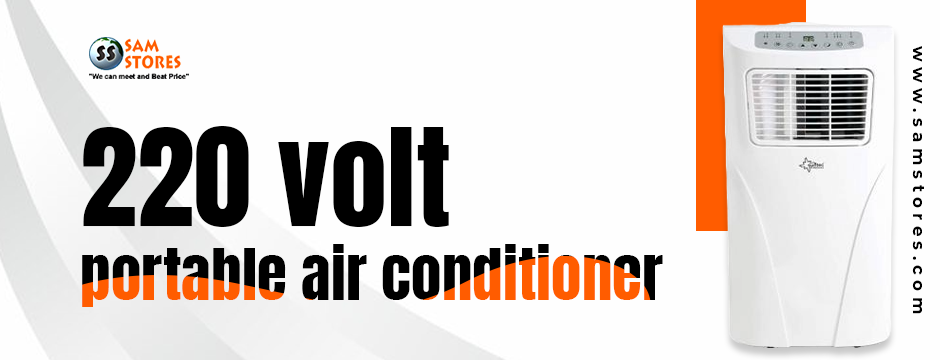
Potential Drawbacks of a 220 Volt Portable AC
- Higher Power Requirements
As mentioned earlier, a 220 volt portable air conditioner uses more electricity than a 110-volt model. This means you need to ensure your electrical system can support the extra power load. In some cases, you may need to install a dedicated circuit to prevent overloading your home’s wiring, especially if you’re using the unit in areas with older electrical systems. If your electrical setup is not up to standard, this could result in safety concerns or expensive upgrades.
- Higher Initial Cost
Generally, 220 volt portable ACs come with a higher upfront cost compared to smaller, lower voltage models. While the extra power might be worth it for larger spaces, it may not be necessary if you only need to cool a small room. It’s important to weigh the initial investment against your specific cooling needs to determine if it’s a cost-effective choice.
- Larger Size and Weight
A 220 volt portable air conditioner is typically larger and heavier than other portable air conditioners. This can make it a bit more cumbersome to move around, especially if you need to transport it between multiple floors or to different rooms frequently. If portability is one of your main priorities, a smaller, less powerful unit might suit your needs better.
- Requires a Dedicated Power Source
For optimal performance, many 220 volt portable ACs require a dedicated power source. This means that you might not be able to simply plug it into any regular socket. Depending on your home’s electrical configuration, this might mean needing an electrician to install an appropriate outlet. If you’re renting or living in an older home, this could be an added inconvenience.
Is a 220 Volt Portable AC Right for You?
Now that we’ve covered the benefits and drawbacks, let’s consider whether a 220 volt portable AC is the right choice for your needs.
Consider the Size of the Space You Need to Cool
If you have a large room, open-plan area, or commercial space, a 220 volt portable AC may be the best option. These units are designed to cool larger areas effectively and can often provide faster, more efficient cooling than smaller models. On the other hand, if you only need to cool a small bedroom or office, you might find that a 110-volt unit is more than adequate.
Think About Energy Efficiency and Long-Term Costs
While the initial cost of a 220 volt portable AC may be higher, its energy efficiency can save you money in the long run. If you plan to use your AC frequently, the ability to cool a larger space faster can translate into lower energy consumption and smaller utility bills over time.
Examine Your Electrical System
Before purchasing a 220 volt portable air conditioner, it’s essential to check whether your home’s electrical system can handle the unit’s power requirements. If not, you may need to invest in upgrades, which could add to the overall cost. Make sure to consult with an electrician if you’re unsure whether your electrical system is compatible.
Evaluate Portability Needs
If portability is your main concern, you may want to carefully consider the size and weight of the 220 volt portable AC. These units are generally larger and heavier, which could make them less convenient for moving around frequently. However, if you’re willing to sacrifice a little portability for greater cooling power, this might not be an issue.
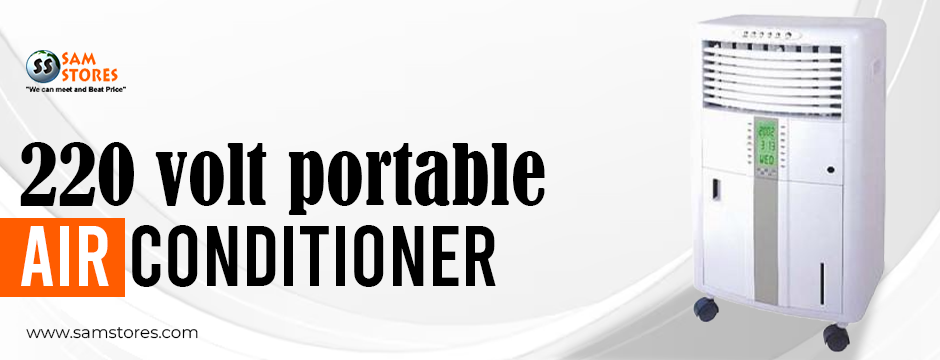
Find the Perfect Window Air Conditioner at Sam Stores!
Looking for a high-quality window air conditioner? Sam Stores offers an extensive selection from top brands, available in various models to suit your specific needs. Whether you’re seeking energy efficiency or powerful cooling, our wide range ensures that you’ll find the ideal unit within your budget. With unbeatable prices and excellent product quality, Sam Stores is your one-stop shop for all your air conditioning needs. Visit us today and experience comfort at its best!
Conclusion
A 220 volt portable AC can be a great solution if you need to cool a larger space or want a more energy-efficient option for long-term use. However, it’s important to assess your specific needs, including the size of the space, the electrical system in your home, and your budget. By considering these factors, you can determine if a 220 volt portable air conditioner is the right choice for you and enjoy comfortable, cool air all year round.
